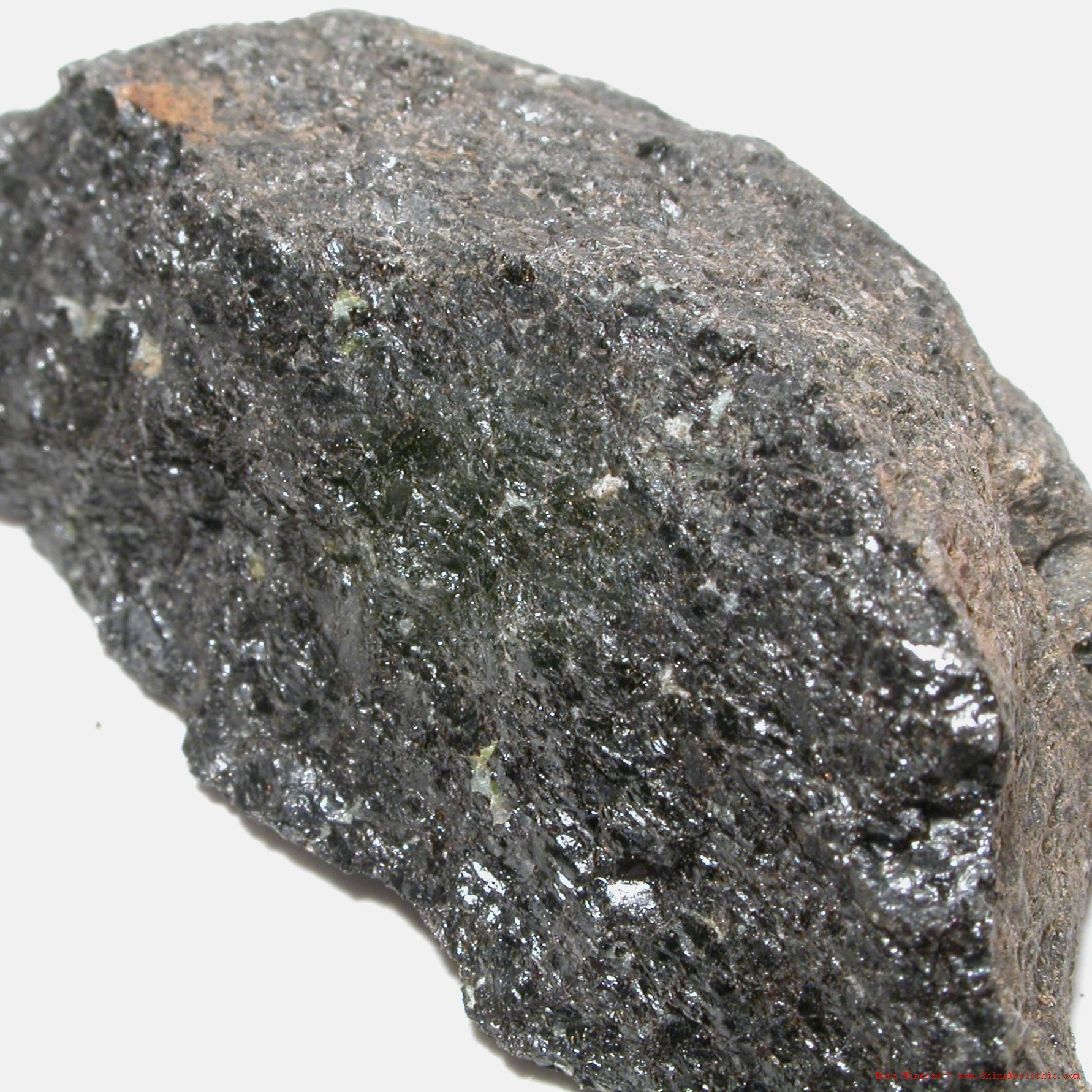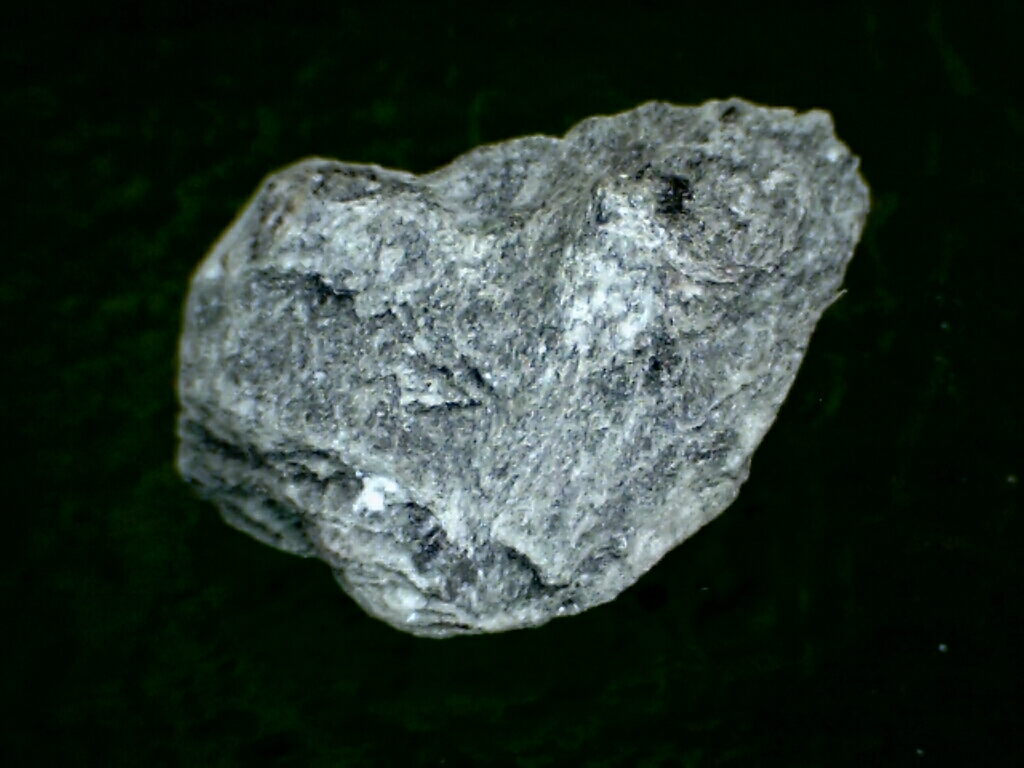

In these applications, chromium is used principally as an alloying element to enhance strength, toughness and resistance to wear and corrosion. Smelters convert chromite ore and concentrate into ferrochromium, which is used to produce intermediate products, such as alloy steel, stainless steel and superalloy mill products. Podiform chromite deposits range in size from a few kilograms to several million tons, but are not a significant source of chromite because most deposits are small. They generally have great lateral extent and uniformity, and have consistent positions within the host complexes, which makes them easy to mine. They form as layers in the lower parts of stratified igneous complexes, such as the Bushveld in South Africa or Stillwater in Montana. Stratiform deposits contain most of the world’s chromite resources. Primary chromite deposits occur only in certain kinds of ultramafic or closely related anorthositic rocks and are of two major geologic types: stratiform (layered) and podiform (pod-shaped). Chromite and other minerals that crystallize early are denser than the rest of the magma, so the crystals settle as they form and collect in layers on the floor of the magma chamber.

All chromite of economic interest is thought to have been formed by crystallization from magma. Although a number of chromium-bearing minerals have been identified, only chromite, a natural chromium-iron oxide mineral, has commercial significance. Credit: ©/craftvisionĬhromium is an important metal used as an alloying element in cast iron, steel and superalloys, as well as in refractory and numerous chemical applications.Ĭhromium does not occur in metallic form in nature.

Chromium is a key ingredient in stainless steel, widely used in commercial kitchens.


 0 kommentar(er)
0 kommentar(er)
